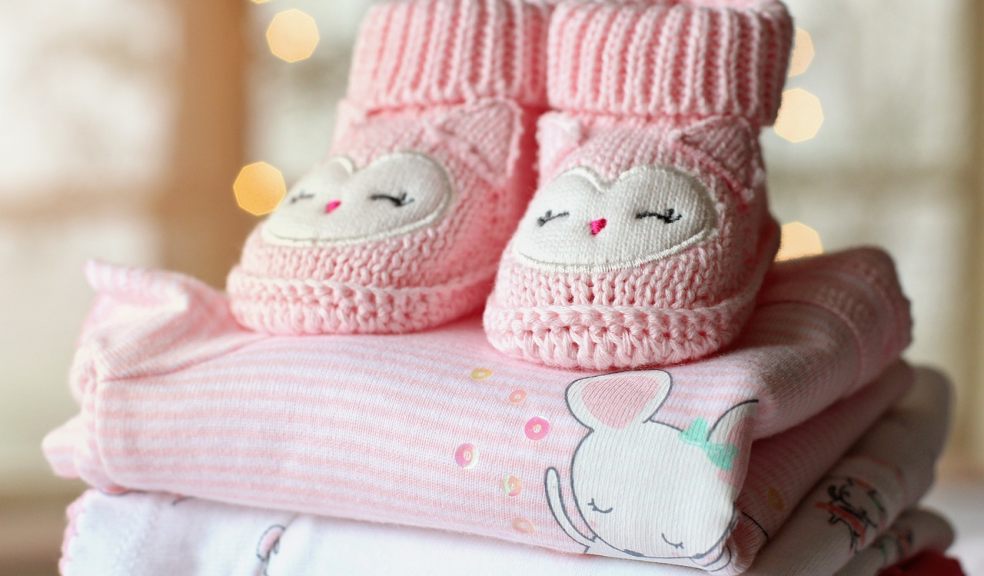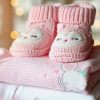
Sustainable Baby Clothing: Ways for Economically Embracing Sustainability
Practicing sustainability means acting now to leave a better world for tomorrow's generation. Buying from companies that make children's clothing with social and environmental consciousness in mind is a crucial first step. This trend has led to the proliferation of eco-friendly childrenswear labels.
Some online retailers focus solely on offering eco-friendly and ethical childrenswear brands, having thoroughly researched and vetted each to save their customers time and effort.
You can use your purchasing power to secure a bright future by favoring businesses like https://www.petitecomporta.co.uk/ that are concerned about issues such as climate change, worker rights, the use of non-toxic materials, and the well-being of future generations.
With that said, below are some amazing tips to help you dress your baby in a cost-effective manner.
For the sake of your baby's delicate skin, opt for organic materials
Researchers have uncovered extensive use of harmful chemicals in conventionally produced children's apparel, including items made of cotton and polyester. Infants' skin is thinner and more porous than adults, making them more susceptible to the absorption of any substances that come into touch with it.
Nowadays, the most secure and best option for your infant is clothing made from organic cotton certified to organic standards at every stage of production. Clothes made from organic materials are not treated with harmful chemicals or pesticides, making them ideal for babies with sensitive skin. Furthermore, organic clothing is always safer for a baby's skin because it is dyed with non-toxic, plant-based dyes.
Find the correct credentials by doing your due diligence
The Global Organic Certification Standard (GOTS) is the most stringent handling standard for textiles made from sustainably sourced fibers, so you can rest assured that the organic cotton baby clothes you buy adhere to this standard and restrict not only the weedkiller use on cotton but also the chemicals utilized during production, such as dyes, heavy metals, and coatings on the fabric. It also helps to keep harmful pesticides from being utilized in conventional cotton growing, protecting farmers and the environment.
Choose only the most practical items for your infant.
It is not uncommon for a trip to the store to purchase supplies for a new baby to be bewildering, if not outright frustrating. As a result of the availability of thousands of different infant items, parents are presented with what appears to be a limitless number of choices.
Unfortunately, a significant number of them are completely meaningless. The most important pieces of clothing for newborns during the first few weeks — of their lives are one-pieces, bodysuits, bibs, and caps. Burp clothes are also helpful.
If you're looking to save money, consignment shops and thrift stores are great options.
Due to the rapid rate at which babies develop, many baby items, such as clothing, will only be used a handful of times. Overspending, excess stuff, and unused resources are the final results.
The Environmental Protection Agency estimates that annually in the United States, 26 billion pounds of clothes and textiles are thrown away; a sizable amount of this is made up of children's clothing. You can save a lot of money by purchasing previously loved goods because you can often find gently worn products in excellent condition.
Generate a Registry so that friends and family can chip in
The expenditures associated with having a kid or being pregnant can quickly add up. Including those you care about in the planning process by having them sign a register you've created is a good method to accomplish this. By establishing a registry at a sustainable retailer, you may ask your loved ones to contribute money to the purchase of one or more sets of organic and environmentally friendly clothing for your newborn.
What to Avoid
Organic fabrics are preferable over those made with synthetic fibers. As an added precaution, you should steer clear of certain details that may indicate the presence of hazardous compounds. If you read phrases like stain-resistant or wrinkle-resistant, it suggests the apparel could be created with high doses of formaldehyde, a carcinogen.
As a general rule, cotton-polyester combinations have excessive formaldehyde levels, and artificial garments with huge printed graphics on the front may contain dangerous concentrations of phthalates, which are recognized to be extremely toxic.

















